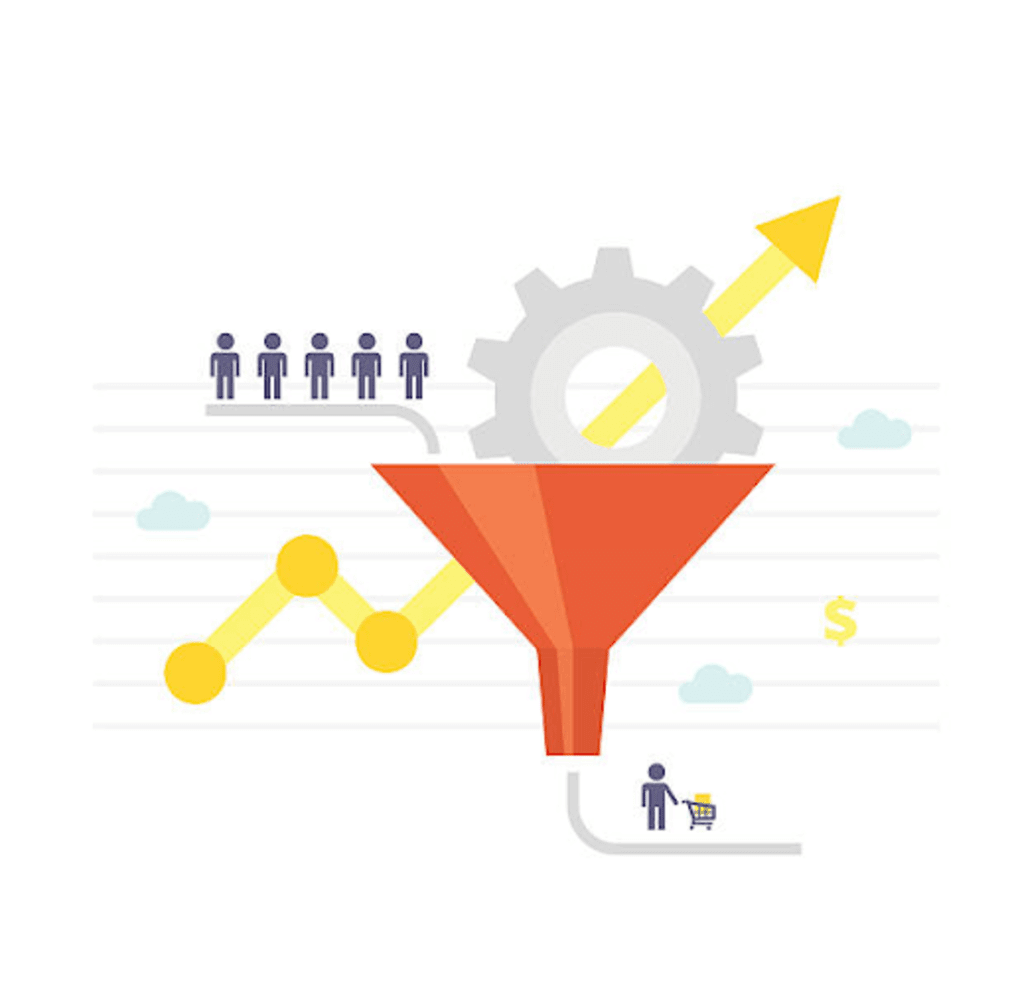
In the realm of digital marketing, success isn’t just about attracting visitors—it’s about guiding them through a journey that culminates in conversion. The conversion funnel is the roadmap for this journey, representing the stages a prospect moves through, from initial awareness to becoming a loyal customer. To unlock the full potential of your online presence, it’s crucial to optimize each stage of the conversion funnel. In this guide, we’ll explore the strategies and best practices for Conversion Funnel Optimization, ensuring a seamless and effective customer journey.
Understanding the Conversion Funnel
The Three Key Stages
The conversion funnel typically consists of three main stages: Awareness, Consideration, and Conversion. At each stage, users have different needs and expectations, and optimizing the funnel involves addressing these nuances.
The Importance of User Intent
User intent plays a pivotal role in funnel optimization. Understanding why users are interacting with your brand at each stage enables you to tailor your approach, delivering the right content and experience to meet their specific needs.
Crafting Compelling Awareness Strategies
Targeted Content Marketing
The Awareness stage is all about capturing attention. Implement content marketing strategies that resonate with your target audience. Create blog posts, social media content, and videos that address their pain points and provide valuable insights.
SEO and Visibility
Optimizing for search engines ensures that your brand is discoverable. Conduct thorough keyword research and incorporate these keywords naturally into your content. Enhance your website’s SEO to improve its ranking on search engine results pages, driving organic traffic to your site.
Engaging Users in the Consideration Stage
Educational Content
As users move into the Consideration stage, they seek more in-depth information. Provide educational content such as whitepapers, case studies, and webinars that showcase your expertise and help users evaluate your offerings.
Email Marketing
Implement targeted email campaigns to stay top-of-mind during the Consideration stage. Share relevant content, product information, and exclusive offers to nurture leads and guide them towards a decision.
Streamlining the Conversion Process
Optimized Landing Pages
Landing pages are critical in the Conversion stage. Design them with a clear focus on the desired action—whether it’s making a purchase, filling out a form, or signing up for a trial. Minimize distractions and provide compelling calls-to-action.
A/B Testing
Refine your conversion process through A/B testing. Experiment with variations in elements like headlines, visuals, and calls-to-action to identify what resonates best with your audience. Continuous testing and refinement lead to a more optimized conversion path.
Enhancing User Experience Across Devices
Responsive Design
Ensure a seamless experience for users across devices by implementing responsive design. Your website and landing pages should adapt to different screen sizes, providing a consistent and user-friendly interface.
Mobile Optimization
With a significant portion of internet users accessing content via mobile devices, mobile optimization is paramount. Optimize page load times, simplify navigation, and ensure that all features are functional on mobile devices.
Leveraging Social Proof and Trust Signals
Testimonials and Reviews
Integrate customer testimonials and reviews into your website. Positive feedback builds trust and credibility, assuring potential customers that others have had positive experiences with your products or services.
Trust Badges and Security Features
Display trust badges, certifications, and security features prominently on your website. Assure users that their data is secure, and transactions are safe. These trust signals instill confidence and reduce friction in the conversion process.
Personalization for a Tailored Experience
Behavioral Tracking
Leverage data on user behavior to personalize their experience. Implement tools that track user interactions on your website, allowing you to understand preferences and tailor content recommendations accordingly.
Dynamic Content
Introduce dynamic content that adapts to user behavior and preferences. From personalized product recommendations to targeted messaging, dynamic content enhances engagement and increases the likelihood of conversion.
Streamlining Checkout and Post-Conversion Experience
Simplified Checkout Process
A complex checkout process can lead to abandoned carts. Streamline the checkout process by minimizing form fields, providing multiple payment options, and displaying a progress indicator. A smooth checkout experience encourages users to complete their purchase.
Post-Conversion Engagement
The customer journey doesn’t end with a conversion—it evolves into post-conversion engagement. Implement post-purchase strategies such as follow-up emails, surveys, and exclusive offers to nurture customer loyalty and encourage repeat business.
Analytics and Iterative Optimization
Data-Driven Decision Making
Utilize analytics tools to gather insights into user behavior at each stage of the conversion funnel. Analyze metrics like conversion rates, bounce rates, and user demographics to inform your optimization strategies.
Continuous Iteration
Conversion Funnel Optimization is an ongoing process. Regularly review analytics data, gather user feedback, and stay attuned to industry trends. Use this information to iterate on your strategies, ensuring that your conversion funnel remains effective and adaptive.
In the intricate dance of digital marketing, Conversion Funnel Optimization is the choreography that ensures a seamless and successful customer journey. By understanding the nuances of each stage, tailoring your strategies to user intent, and leveraging a combination of content, technology, and user experience enhancements, you can guide prospects through the funnel with precision. Remember, the customer journey is not a one-size-fits-all experience—by personalizing interactions, building trust, and continuously refining your approach based on data and feedback, you pave the way for sustained success. So, embark on the journey of Conversion Funnel Optimization, and watch as your prospects evolve into satisfied customers, creating a path for lasting relationships and business growth.



